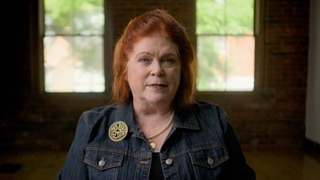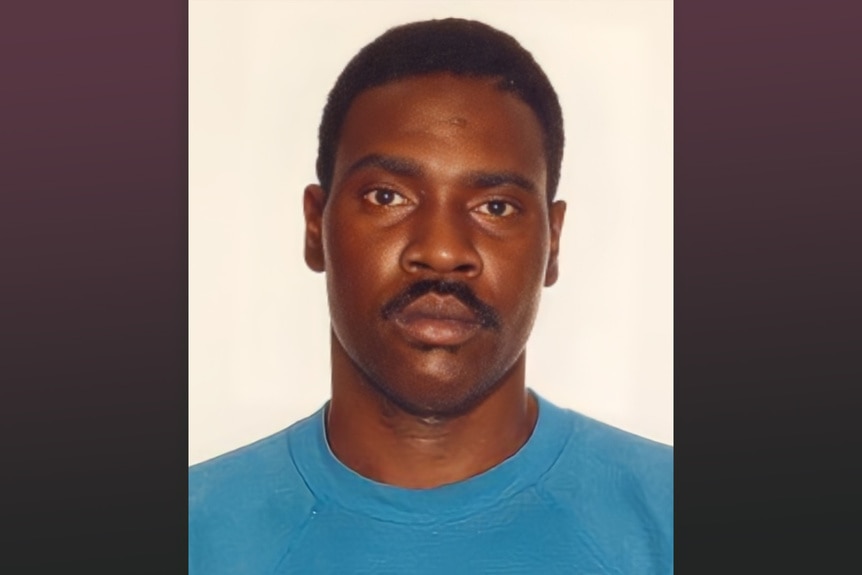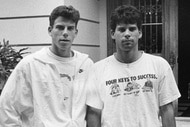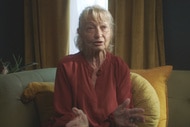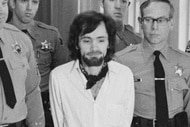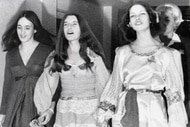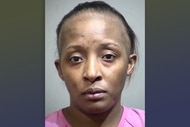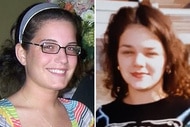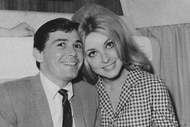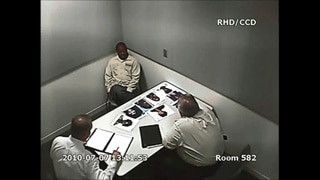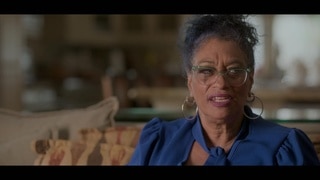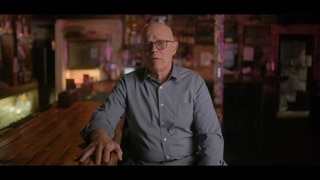Create a free profile to get unlimited access to exclusive videos, breaking news, sweepstakes, and more!
All About L.A. Serial Killer Michael Hughes Who Killed to "Shock" Others
For years Michael Hughes stalked the streets of Los Angeles looking for victims, until one critical mistake landed him behind bars, as detailed in Oxygen's Serial Killer Capital: Los Angeles.
For years, serial killer Michael Hughes operated in the shadows, until he was seen pushing a shopping cart down the street with the body of one of his victims inside.
Hughes was one of multiple serial killers operating in the South Los Angeles streets in the late 1980s and early 1990s as crime exploded in the drug-laden neighborhoods. Hughes’ disturbing murder spree and the killings linked to other serial killers operating in the area at the time are the focus of Oxygen’s Serial Killer Capital: Los Angeles.
“It was one of the most violent decades in the city’s history," Bernard Parks, former chief of the Los Angeles Police Department, said of the climate at the time. “I think we had two or three years that over 1,000 murders were committed.”
Hughes, a former Navy machinist who often targeted vulnerable women on the street, was ultimately convicted of killing seven women over a seven-year time span.
Who were Michael Hughes' victims?
Hughes was distinctive from some of the other serial killers stalking the streets of South Los Angeles at the time because he often posed his victims in provocative ways.
“He is trying to shock whoever finds the body,” former Los Angeles Police Department cold case detective Cliff Shepard once told The Daily Beast. “We suspect there was some incident in his life that set his actions in motion, and he later decided to take it out on a number of women.”
Hughes was born in Michigan and moved to Los Angeles as a teenager. After spending time in the Navy and behind bars for theft and perjury, he returned to Los Angeles, where he held a series of odd jobs including working as a security guard or selling Christmas trees near the Los Angeles International Airport.
He was first tied to the murders of four women — Theresa Ballard, Brenda Bradley, Terri Myles, and Jamie Harrington — after he was spotted by an eyewitness pushing a shopping cart carrying Harrington’s body down a street in Culver City in November of 1993.
Hughes left the body in a parking lot.
“Ropes were securing Jamie's wrists together and there was some torn cloth that was used to secure her to the shopping cart,” Shepard told Serial Killer Capital: Los Angeles.
An eyewitness saw Hughes pushing the cart and was able to identify him to police. His fingerprints were later found on the shopping cart and were later used to connect him to two of the other killings, while detectives found some paperwork with his name on it at the scene of the fourth murder.
Just a week before Harrington’s body was discovered, detectives found the body of Terri Myles in another nearby Culver City parking lot. She was partially nude and had been sexually assaulted and strangled to death.
Her niece Riayel Myles described her to Serial Killer Capital: Los Angeles as “always lively and energetic.”
“Always smiling and laughing, but she had tough times,” Riayel shared. “My aunt would be living on the streets at times; she would live with different boyfriends that she had. My mom always had a level of guilt that she felt like she wasn’t doing enough and my aunt just wanted to be free, and she didn’t want to follow any rules.”
Her murder devastated the family.
“I just remember my mother screaming and crying,” Riayel said, adding that they “lost a part of my mother for some years” as she struggled with the guilt of not being able to do more for her sister.
Hughes was convicted of the four slayings in 1998, according to The Los Angeles Times. A decade later he was linked to three more murders through DNA evidence left behind at several other crime scenes.
Then, in 2011, Hughes was convicted on three counts of first degree murder with special circumstances for the deaths of Yvonne Coleman, Verna Williams, and Deborah Jackson, according to CBS News.
Coleman, the youngest victim, had been just 15-years-old when, in January 1986, she skipped school to spend time with her boyfriend. She was on her way home when she encountered Hughes, who raped and murdered the teen, then left her body near a barbeque pit, The Daily Beast reported.
Williams was found dead five months later at the 68th Street Elementary School.
“Her body’s been posed at the top of the stairwell, her legs were bent and splayed and she’s nude from the waist down,” Shepard said in the special.
Students stumbled on the body and called police.
“He had no qualms about having her splayed out on the school grounds for kids to find,” said Paul Coulter, a former robbery and homicide detective with the L.A.P.D. “What kind of monster does that?”
Jackson, the final victim linked to Hughes, was found dead outside a paint store in Mid-Wilshire on June 24, 1993, according to The Los Angeles Times.
Where is Michael Hughes now?
Hughes was behind bars serving out his sentence for the four initial murders when he was tied to the other cases in 2008.
After a jury convicted him of the three additional murders in 2011, Hughes was sentenced to death.
Today, the 67-year-old remains on death row at the High Desert State Prison in Susanville, California, according to records from the California Department of Corrections and Rehabilitation.
To learn more about the serial killings, watch Serial Killer Capital: Los Angeles on Oxygen.
